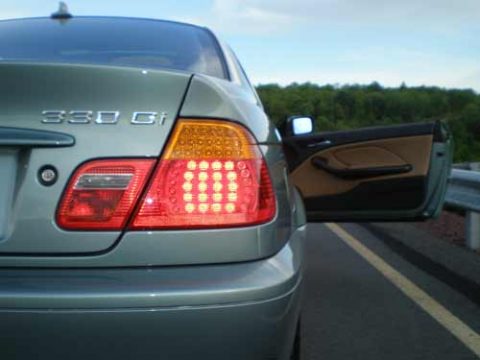An interesting flaw in the VicRoads Hazard Perception Test is that the setup excludes mirrors and focuses entirely on hazards that can be seen by looking at the road ahead (and the footpath on either side of it). In real life, however, hazards often come up from behind: the impatient driver who’s trying to change into your lane without adequate space or signalling, the tailgater who’s too close for you to brake suddenly if you need to, the motorbike darting between traffic. Proper awareness of hazards on the road involves taking in all of these, and knowing how to respond to them.
That’s not to say that this sort of thing is an easy task when you have mirrors, and it’s even harder when you’re reversing. Just ask anyone who’s ever tried to parallel park on the side of a busy road – there are potential hazards everywhere, and sometimes your mirrors don’t present a very clear picture. That’s why a reversing camera can make your life a whole lot easier.
Also known as a rear vision camera, this device will switch on automatically when you place your vehicle in reverse, and provides a helpful view of what’s going on behind your vehicle. It has several advantages over conventional mirrors, from infrared night vision to a distance scale that’s built into the monitor software. You can also connect a reverse camera kit to trailers and trucks, making it an essential addition to caravans and larger vehicles where a rear vision mirror just won’t cut it.
A camera is the best way to drive and reverse safely, and with all the potential hazards both on and off-road, the wise driver knows that they shouldn’t make compromises when it comes to safety. Whether you’re driving a caravan along the Great Ocean Road or adventuring through the bush, one of Safety Dave’s camera kits will give you the extra awareness you need.


